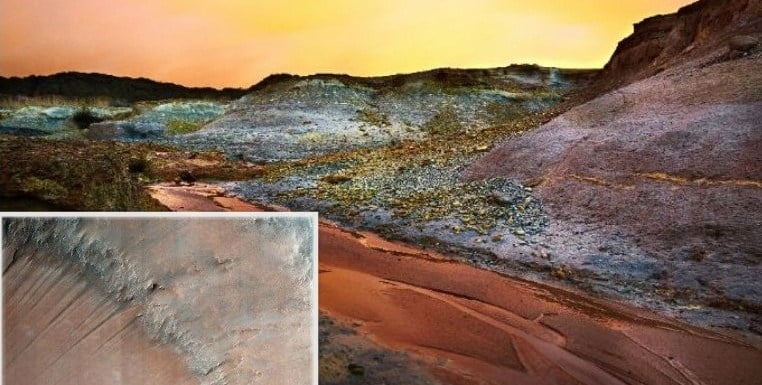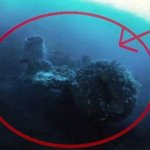
It is always exciting when we receive new information about Mars. This time, scientists have made a large step forward by discovering a huge reservoir of liquid water on the Red Planet.
According to Independent reports, the 20-kilometers-wide lake of liquid water was discovered beneath the Red Planet’s southern pole.
So, can we assume Mars is not as dead as we all thought to?
Scientists were able to announce this amazing revelation with the help of the Mars Advanced Radar for Subsurface and Ionosphere Sounding (MARSIS) device on the Mars Express spacecraft.
Roberto Orosei, the leader of the research, along with his team, was gathering data for the period of May 2012 and December 2015.
He detected a rather intense alteration in the radar pulses about 1.5 km underneath Mars’ surface.
It seems like the knowledge they obtained is very alike to the liquid water lakes discovered underneath the Antarctic and Greenland on Earth.
The liquid water wouldn’t be such an exciting news if the scientists didn’t suggest something even more impressive. According to them, the conditions in the water could easily sustain microbial life.
Mars has a colder temperature than the Antarctic and Greenland. The fact that the scientists managed to find liquid water instead of frozen, in fact, says it all!
Alan Duffy, an astronomer from Swinburne University and scientist of Australia’s Science Channel, said: “This is a stunning result that suggests water on Mars is not a temporary trickle like previous discoveries but a persistent body of water that provides the conditions for life for extended periods of time.”
However, scientists said that similar lakes of liquid water could exist in other parts of the planet too.
Moreover, they said that the lake is probably a ‘briny sludge’. Therefore, it is probably the salt that helps the water not to freeze.









